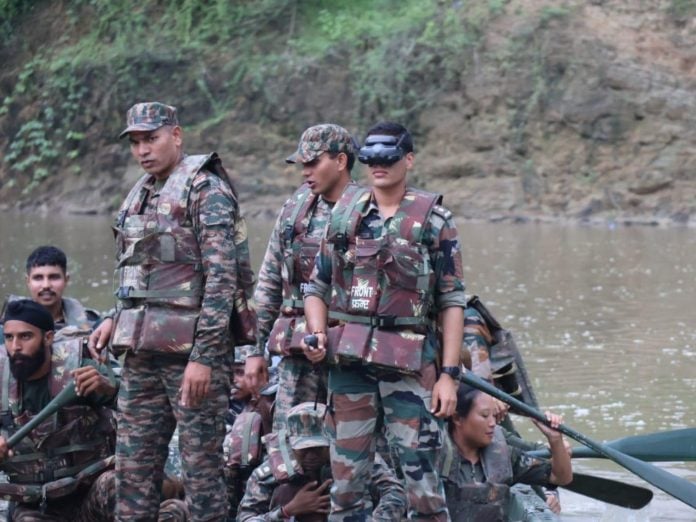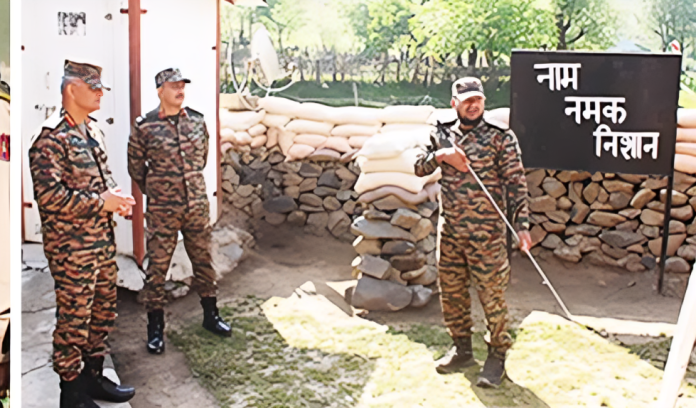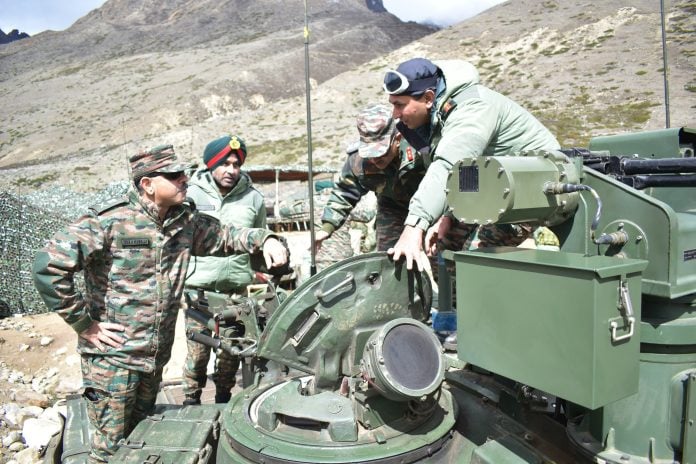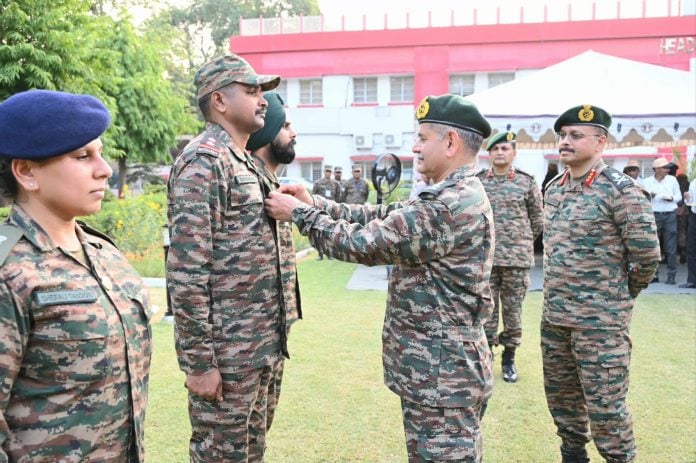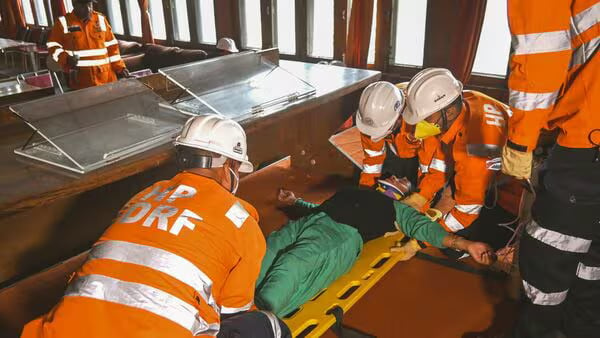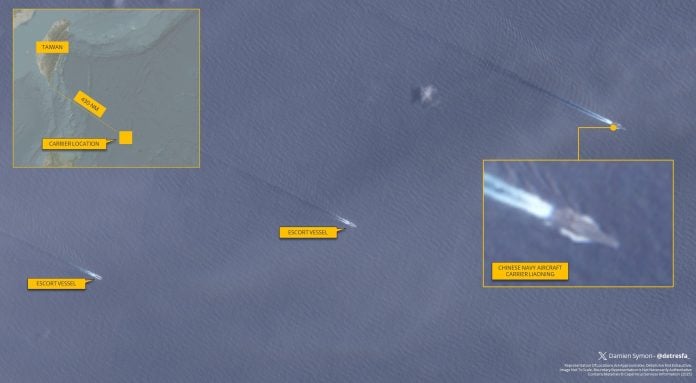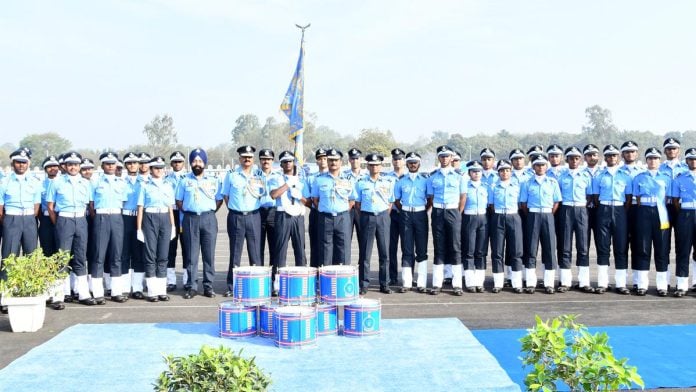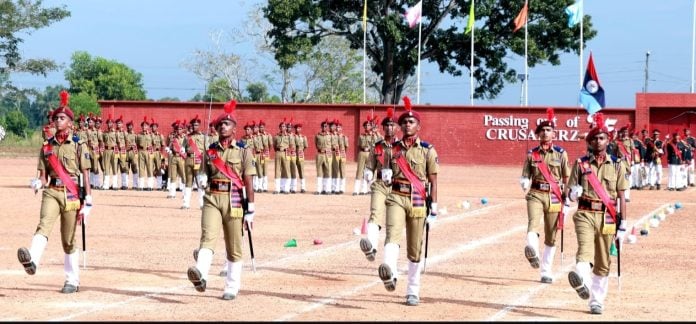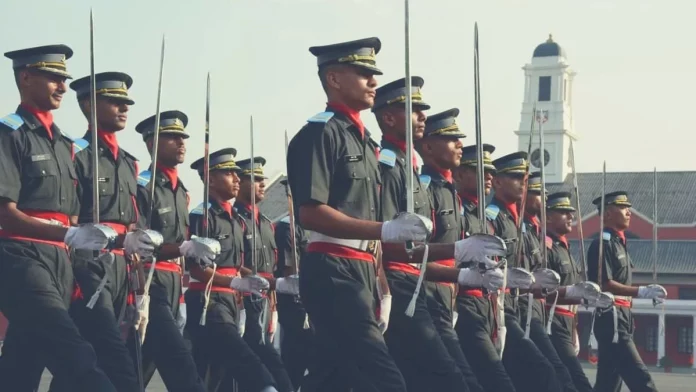The Indian Army’s Spear Corps has launched a comprehensive Watermanship Training programme in Masimpur, Assam, to strengthen its preparedness for Humanitarian Assistance and Disaster Relief (HADR) operations in the flood-prone northeastern region. The training, held along the banks of a river in the area, is aimed at equipping soldiers with the skills necessary for effective rescue and rehabilitation during monsoon-induced disasters.
Assam, home to the mighty Brahmaputra River and its extensive network of tributaries, faces annual devastation from flooding. In 2024 alone, over 2.1 million people were affected across the state, highlighting the critical need for swift and coordinated relief responses. The current training drills reflect the Army’s commitment to staying ahead of such emergencies by improving tactical response and operational readiness.
During the exercises, soldiers practiced navigating muddy and turbulent waters, operating small boats, and conducting simulated rescue missions. Dressed in combat gear and life vests, they maneuvered through challenging conditions designed to mimic real-life flood scenarios. The emphasis was on teamwork, agility, and efficient communication—key elements during large-scale disaster situations.
The initiative aligns with broader national disaster management strategies and follows the successful conclusion of Tiger Triumph 2025, a tri-service HADR exercise conducted with the United States Armed Forces. That exercise, held in April on India’s eastern coast, demonstrated the growing emphasis on joint training for disaster relief, including the establishment of field hospitals, coordination centers, and evacuation protocols.
Assam’s vulnerability to floods is long-standing and well-documented. In 2012, the Brahmaputra floods displaced millions across India, Bangladesh, and Myanmar. More recently, in 2022, joint Army and Assam Rifles teams were deployed in Cachar district where over 4 lakh people were impacted by heavy monsoon rains and flooding. Environmental factors such as deforestation and siltation have further worsened the flood impact in the Brahmaputra basin.
The Watermanship Training undertaken by the Spear Corps underscores the Indian Army’s proactive approach in bridging the gap between conventional military preparedness and civilian disaster response. It highlights the evolving role of the armed forces in addressing climate-induced challenges and ensuring the safety of vulnerable populations in some of India’s most disaster-affected regions.

